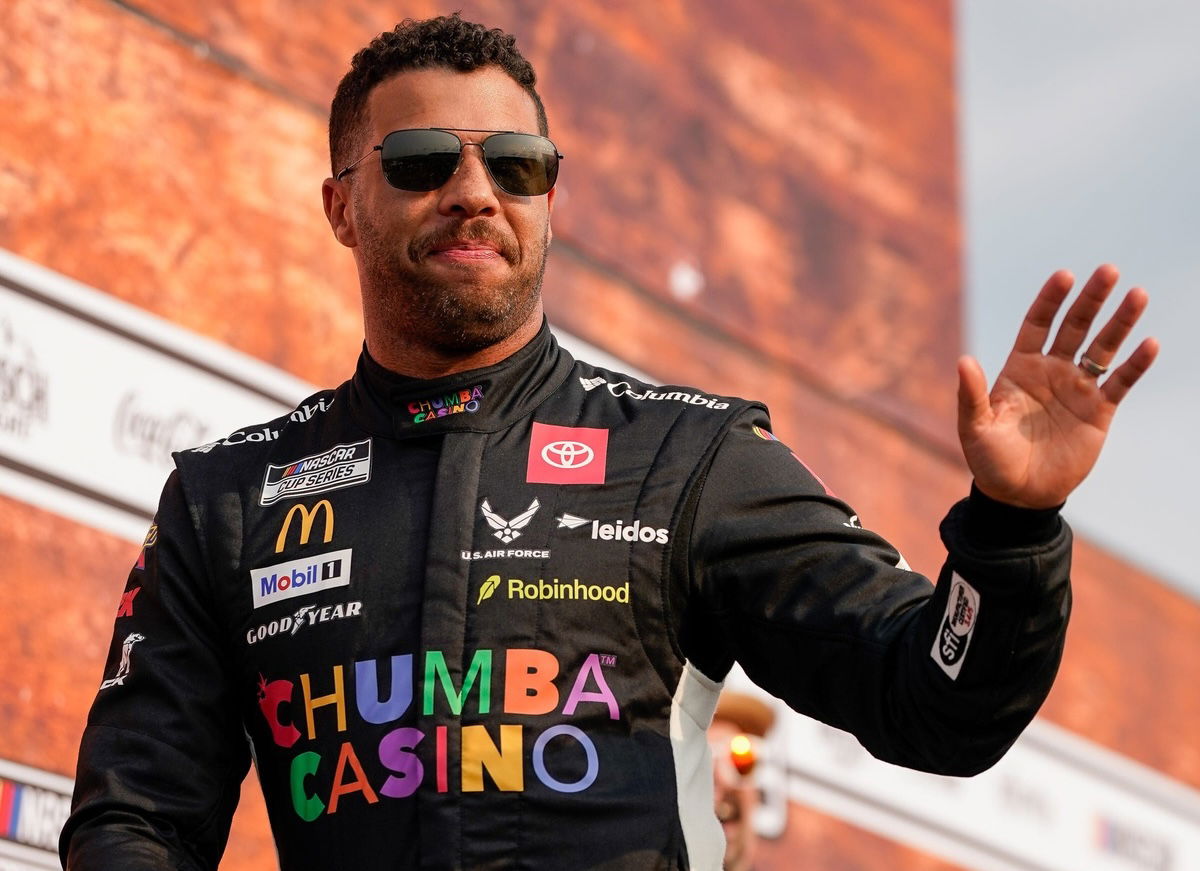
Imago
NASCAR Cup Series driver Bubba Wallace is introduced before the Cracker Barrel 400 at Nashville Superspeedway in Lebanon, Tenn., Sunday, June 1, 2025.

Imago
NASCAR Cup Series driver Bubba Wallace is introduced before the Cracker Barrel 400 at Nashville Superspeedway in Lebanon, Tenn., Sunday, June 1, 2025.
Chase Briscoe claimed victory in the opening playoff race at Darlington Raceway, but another driver quietly stole some spotlight with a performance that hints at deeper potential. Bubba Wallace, piloting the No. 23 Toyota for 23XI Racing, crossed the line in sixth after starting eighth, collecting valuable stage points along the way. This marked his 11th top-10 finish of the 2025 season, a year where consistency has defined his run more than flash. Yet, with just one win at Indianapolis in July, snapping a 100-race dry spell since Kansas in 2022, questions linger on his playoff viability.
Watch What’s Trending Now!
Wallace now sits fifth in the standings, 25 points above the cutoff, showing resilience on a track known for its demands. “I was doing my best not to overdrive the corners the last couple of laps,” Wallace said post-race, reflecting on balancing aggression. His average finish this season hovers around 18.4, but Darlington’s result edged him ahead of heavy hitters. So, how is he slowly becoming a serious contender for the Cup after the Darlington race? Let’s find out.
ADVERTISEMENT
Darlington highlights Bubba Wallace’s team progress
In Jordan Bianchi’s X post and accompanying article, the main angle emerges: Bubba Wallace’s sixth-place finish at Darlington encapsulates his and 23XI Racing’s growth, turning his championship aspirations into something tangible. “A sixth-place finish in the first playoff race ensures nothing. But for Bubba Wallace and his 23XI Racing team, Darlington encapsulates just how far they’ve progressed,” Bianchi wrote, pointing to how Wallace overcame a pit road mishap early on, nearly colliding with Zane Smith after a mistimed exit, that dropped him positions but didn’t derail the day.
A sixth-place finish in the first playoff race ensures nothing. But for Bubba Wallace and his 23XI Racing team, Darlington encapsulates just how far they’ve progressed. https://t.co/ulEhBncvA5
— Jordan Bianchi (@Jordan_Bianchi) September 1, 2025
ADVERTISEMENT
This resilience stemmed from a season of steady improvement, where Wallace entered the playoffs with his best regular-season performance in seven years, highlighted by that Indianapolis victory in July that locked him in without relying on points. Darlington proved kind by rewarding Wallace’s ability to rebound, finishing ahead of playoff stars like William Byron (21st), Ryan Blaney (18th, fresh off a Daytona win), and Christopher Bell (29th, who notched three early-season victories).
Despite only one win compared to Bell’s multiple, Wallace’s consistent runs, evidenced by four top-fives and those 11 top-10s, have him seeded fifth, showcasing how his approach yields results in a mistake-filled race where Hendrick Motorsports and Team Penske struggled. As co-owner Denny Hamlin noted, “Where Bubba’s made the biggest gains is understanding that this is a 500-mile race, not a 300-mile race, and understanding how to get to the finish and optimize his day.” This quote underscores Wallace’s maturation, turning potential pitfalls into a 41-point haul that bolsters his buffer.
ADVERTISEMENT
The race’s chaos, with spins and penalties sidelining contenders, amplified why Darlington favored Wallace: his focus on the big picture. “I was telling myself, just realizing the big-picture moments every lap. Just don’t erase that gap that you have to your competitors; know when to race, know when to just kind of chill,” Wallace explained, detailing how he counted down laps to limit errors while others faltered.
This mindset, honed through the year, made his push feel real, as the sixth-place finish not only added momentum but also positioned him strongly for the Round of 16’s remaining races at Illinois and Bristol. Wallace’s evolution at Darlington ties directly to key influences behind the scenes, particularly one figure shaping his approach.
Top Stories
‘RIP’: NASCAR World Crumbles in Tears as 39-YO Former JR Motorsports Driver Passes Away
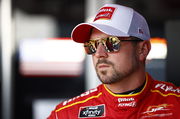
Courtroom Falls into Dead Silence as Heather Gibbs’ Heart-Ripping Account of Husband Coy’s Death Stuns the Trial
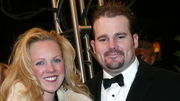
31-YO NASCAR Cup Team Joins Hands With Richard Childress to Leave Ford Alliance After 2025 Reality Check
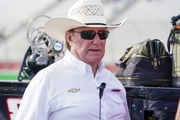
What Happened to Bill Elliott? Does Chase Elliott’s Father Have Cancer?

Michael Jordan Exposes NASCAR’s Harsh Reality as Jim France & Family Faces Uncomfortable Questions
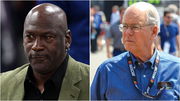
ADVERTISEMENT
Wallace hails Denike’s role
Bubba Wallace has openly credited crew chief Charles Denike for sparking a pivotal shift in his racing mentality this season, a change that’s paid dividends in high-stakes moments like Darlington. “Yeah, I’ll give Charles a lot of credit. He has really been a lot of fun to work with, and I feel like we vibed and meshed really quickly. He has my back on a lot of scenarios, and I appreciate that,” Wallace said, highlighting how their quick connection fostered a fun, focused environment.
This partnership began in the offseason, where Wallace prioritized enjoyment, and Denike’s support helped translate that into smarter decisions on track, evident in recovering from Darlington’s early setbacks to secure sixth. Denike’s influence extends to compartmentalizing highs and lows, allowing Wallace to maintain composure amid pressure. “That is the main thing I told him when we had our meeting in the offseason. I only have one goal in mind: to have fun. Let everything else sit in its own place. I think he has adapted to that,” Wallace added, explaining how this goal reshaped his approach, leading to breakthroughs like the Daytona Duel win and the Brickyard triumph.
At Darlington, this mentality shone through in bouncing back from mistakes, as Denike’s strategies kept the No. 23 competitive, earning stage points and a solid finish that widened Wallace’s playoff cushion. Looking ahead, Wallace sees room for growth but remains excited about their trajectory.
ADVERTISEMENT
“He is incredible at what he does. There is still a lot of room for us to grow, but I’m excited for the future,” he stated, underscoring Denike’s role in unlocking potential for deeper playoff runs. This dynamic has turned Wallace’s consistent season into a genuine threat, blending fun with execution to navigate tracks like Darlington effectively.
ADVERTISEMENT
ADVERTISEMENT
ADVERTISEMENT

